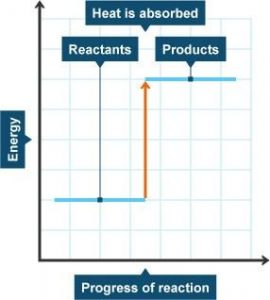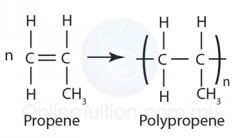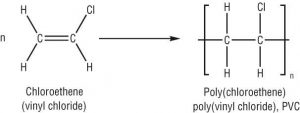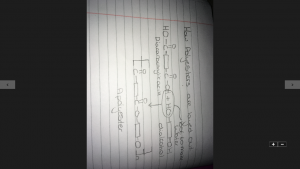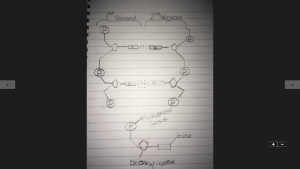The blog this week focuses on Space and is written by Phillip Bentley.
Space is something we know truly little about. Infact, we have only discovered roughly 4% of the visible universe. Currently, our technology has only allowed us to go to the moon in Apollo 11 and send a rover up to mars (which took about 7 months to reach its destination). We know that we live in the milky way galaxy which consists of 8 planets, these are: Earth, Mars, Mercury, Venus, Jupiter, Saturn, Neptune and Uranus. In 2006, Pluto was stripped from the term ‘planet’ and is now considered a dwarf planet. Our planets are divided into two sections, terrestrial and gas giants. As of any solar system, there’s a sun. Every planet in the solar system has its own way of orbiting the sun and depends on how close or far away it is from it. The closer the planet is, the quicker it will orbit around the sun.Our sun is made up of extremely hot gases, it contains about 70% hydrogen, 28% helium, 1.5% is from carbon, nitrogen and oxygen and the rest is from a lot of other elements like magnesium and iron. With any sun they have a cycle of life, but they can split off into two separate ways.
One of the cycles that can occur is that a nebula (which is made up of dust particles and gas) forms into an ‘average star/sun’, eventually it then becomes a red giant and then loses all its energy and then transforms to a planetary nebula and then completely dies and becomes very dense. The other cycle is that it goes from a nebula to a ‘massive star’, to a red supergiant, and then a supernova. This is due to a stellar explosion caused from the loss of any other fuel. After this it also splits into two outcomes, the supernova becomes a Neutron star which is the remnant of a supernova. Or it becomes a black hole. A black hole is an enormous void of nothingness that has no mass whatsoever and has an infinite amount of gravity that even light cannot escape from a black hole. So theoretically, if you went near a black hole for example, your body would stretch you until your body rips apart. This is due to the high amount of gravity that is pulling you. Gravity is found on every planet which has different amounts of it. This is how the moon orbits around the Earth and how waves in the ocean are created, as well as how asteroids can hit the earth. Jupiter is found to be the planet with the highest amount of gravity in the solar system, this has shown that you would weigh 2.5x more than you would here on Earth. However, on Mercury (which has the weakest amount of gravity in our solar system) has a slightly less amount than earth.





